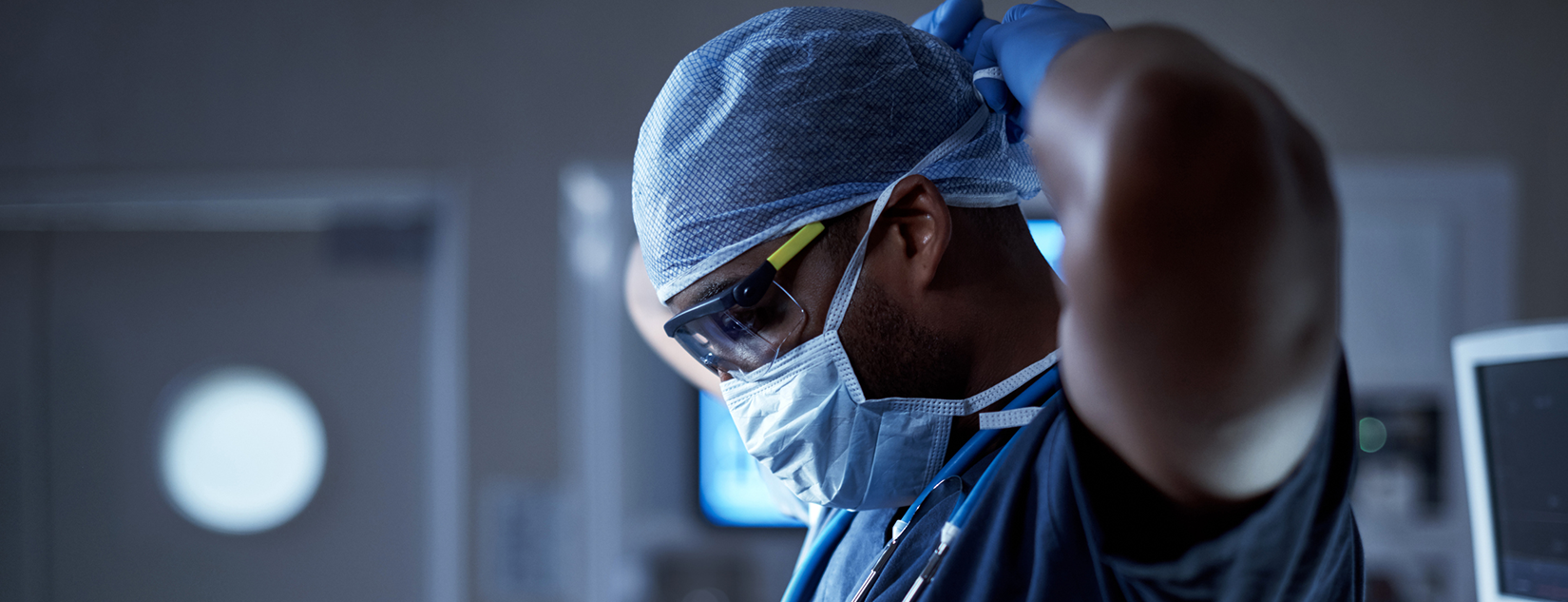Author: Dr. Alex Rowe, Associate Medical Director, Europe, UnitedHealthcare Global
We are now over a year since COVID-19 was declared a pandemic and a lot has happened in that year of lockdowns, uncertainty, powerful news reporting and restricted travel. The world is now hopeful that life will gradually return to some form of normality as vaccines are developed and treatments for severe COVID-19 evolve.
![]()
So, what should we still be doing to protect ourselves and those around us?
Get vaccinated when you are invited to do so. Remember, you should continue adhering to the following guidance even when we have been vaccinated. Evidence for vaccination preventing the spread of COVID-19 is not robust enough yet. The following principles are still the most effective way to protect against spread of COVID-19.
- Wash your hands frequently with soap and water for 20 seconds or using alcohol-based hand sanitiser with at least 60% alcohol if soap and water are not available.
- Avoid touching your eyes, nose and mouth.
- Avoid close contact with people who are sick.
- Clean and disinfect frequently touched surfaces, like your phone or computer.
- Cover your nose and mouth with a tissue when you cough or sneeze then throw the tissue in the bin/trash.
- Stay home when you are sick.
- Avoid the 3C’s: spaces that are closed, crowded or involve close contact
- Try to maintain a distance of 6 feet/2m from other people
- Wear a mask if this distancing is not possible
- Meet people outside if possible (according to local guidelines)
- Avoid crowded or indoor settings but if you can’t, then take precautions: Open a window. Increase the amount of ‘natural ventilation’ when indoors.
![]()
Masks
Masks should be used as part of a comprehensive strategy of measures to suppress transmission and save lives; the use of a mask alone is not sufficient to provide an adequate level of protection against COVID-19.
Make wearing a mask a normal part of being around other people. The appropriate use, storage and cleaning or disposal of masks are essential to make them as effective as possible.
Here are the basics of how to wear a mask:
- Clean your hands before you put your mask on, as well as before and after you take it off, and after you touch it at any time.
- Make sure it covers both your nose, mouth, and chin.
- When you take off a mask, store it in a clean plastic bag, and every day either wash it if it’s a fabric mask, or dispose of a medical mask in a bin/trash.
- Don’t use masks with valves.
![]()
General travel tips
All individuals planning travel should seek advice on the potential hazards in their chosen destinations and understand how best to protect their health and minimise the risk of acquiring the disease.
- Participate in screening pre-travel and at international airports and ports.
- Comply with travel guidance, including mask-wearing.
- Travellers who have contact with confirmed cases or direct exposure to potential sources of infection should avoid travel for the duration of the incubation period (up to 14 days).
- Travel restrictions differ by country- check destination country requirements AND home country requirements for return.
If you believe you have been exposed to COVID-19, have been contacted by a government track and trace system or have symptoms of COVID 19, the following actions are mandatory:
- Self-isolate- this may be at home or in a dedicated isolation area if working abroad.
- Isolation duration varies - follow local guidance but is usually 10-14 days.
- Avoid contact with anyone unless they are part of your isolation group.
- Contact your in-country national health authority guidance to arrange COVID-19 testing IF YOU DEVELOP SYMPTOMS during isolation after contact with a suspected case.
![]()
Symptoms of COVID-19 are variable and can vary by country, however, the World Health Organization suggests the following are prime COVID-19 symptoms that would prompt testing locally:
- Fever
- Dry cough
- Tiredness
- Loss of taste or smell
- Aches and pains
- Headache
Sore throat, nasal congestion, red eyes, diarrhoea, or a skin rash may also be present. Most people with COVID-19 experience a mild to moderate flu-like illness, usually lasting up to 10 days. If your symptoms feel worse than regular flu or if you have any symptoms that worry you, please contact your medical provider.
Following the above guidance dramatically reduces the risk of catching and spreading COVID-19. Stay safe and stay well.
----------------------------------------------------------------------------------------------------------------------------------------------------------------------
More guidance on COVID-19 can be found at the links below:
- World Health Organization
- US Centers for Disease Control and Prevention
- https://www.ecdc.europa.eu/en/covid-19-pandemic
- Center for Infectious Disease Research and Policy – University of Minnesota
- John Hopkins Center for Systems Science and Engineering (CSSE) at JHU
Important Notice
The content contained herein only provides general information on COVID-19 considerations. This information does not constitute medical, legal or human resources advice and is not intended nor should it be used return to work or travel plans. Such a plan needs to be developed by you with your professional advisers taking into account, among other things, the unique aspects of your work environment, geography, employee population and applicable international and local return to work and travel guidelines.
The COVID-19 virus is new and information concerning how to test for it, its symptoms, how it spreads, information on vaccines and how it can be best contained is constantly evolving as more is learned about the nature of the virus. Additionally, the COVID-19 virus is known to be spread by asymptomatic individuals. As such, no plan can fully prevent the spread of the COVID-19 virus. Any COVID-19 plans must be constantly monitored and modified to take into account the most recent information concerning the virus.
